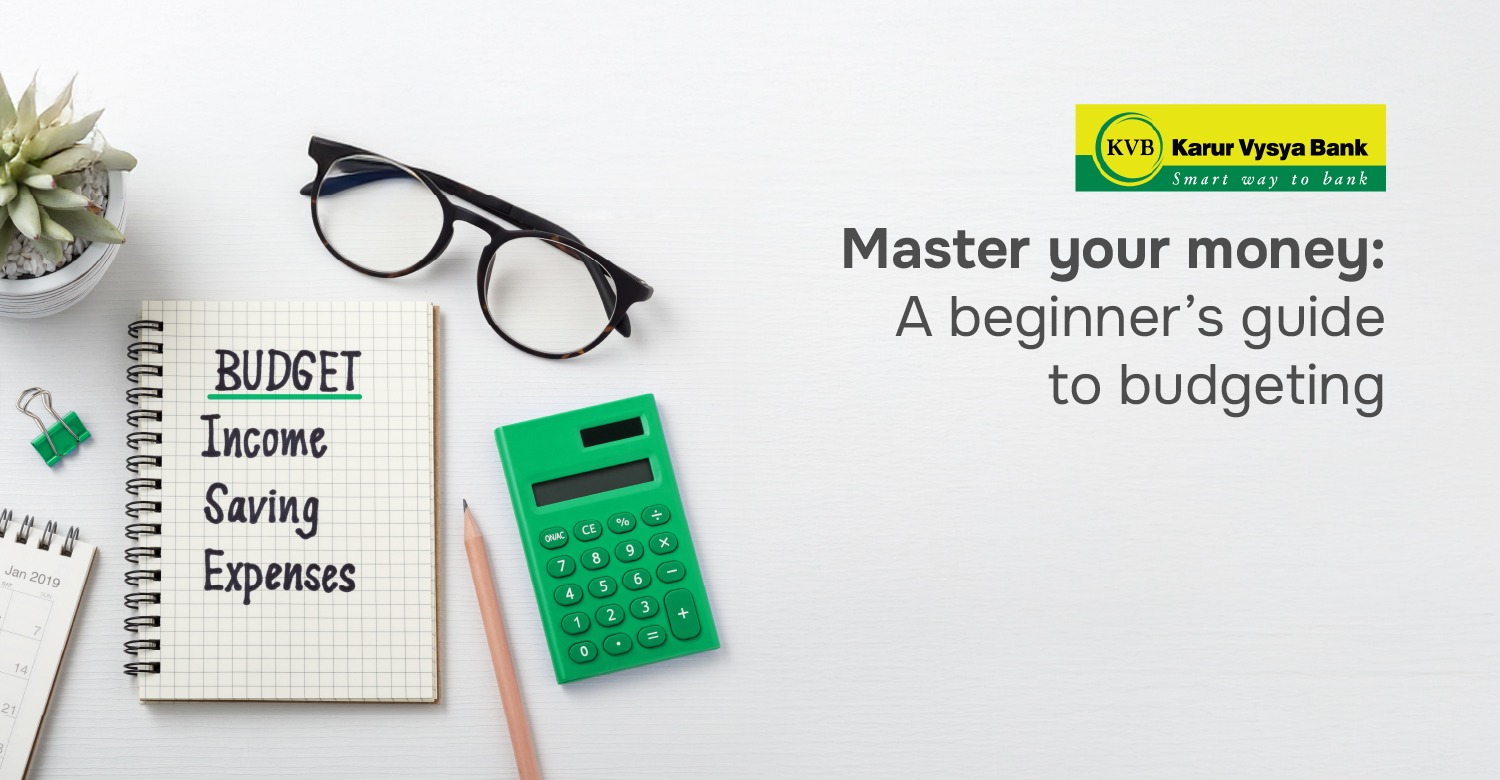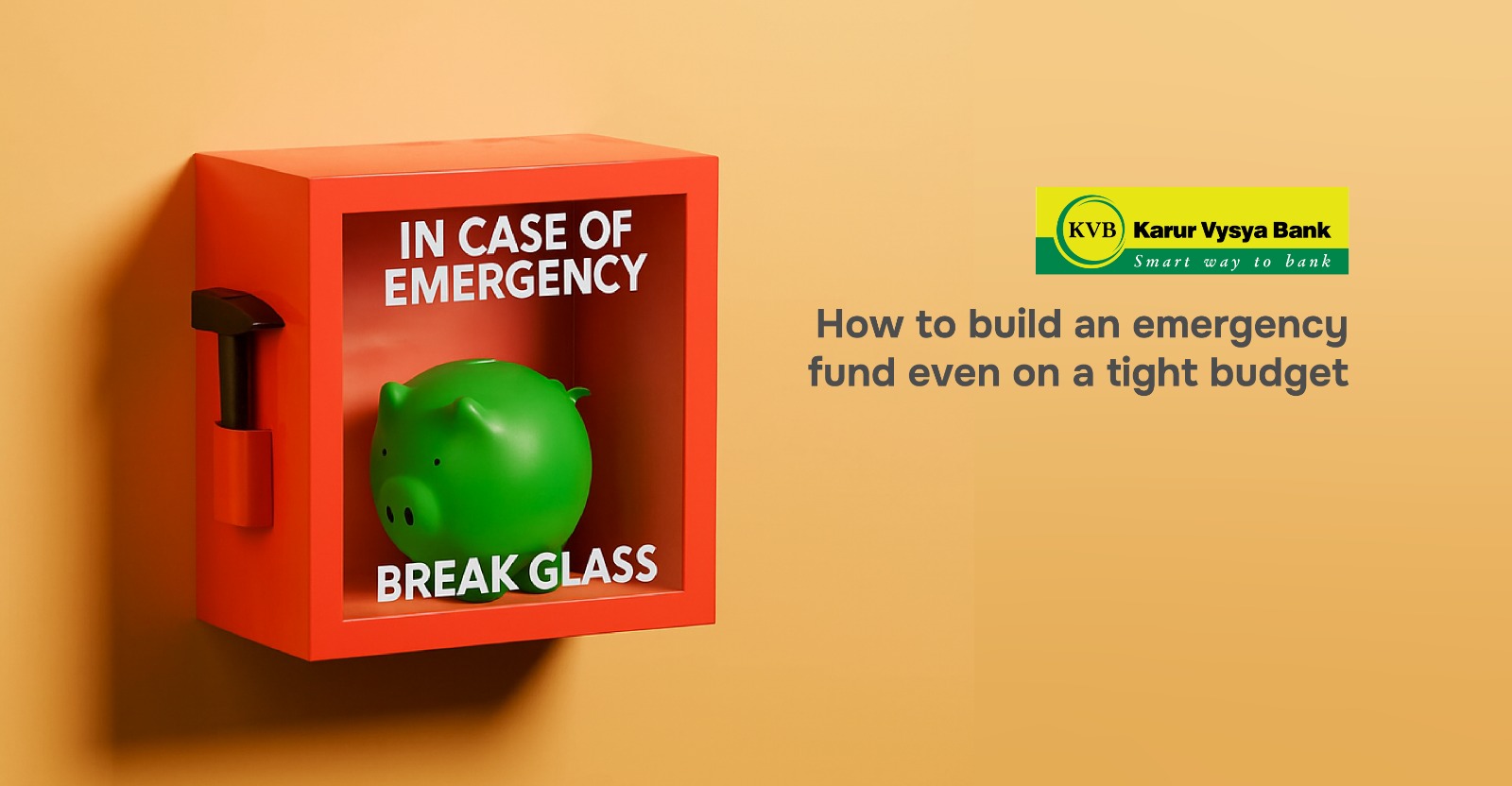Master your money: A beginner’s guide to budgeting

Somewhere between food orders, online shopping, impulsive buying, and getaways, we end up losing a fortune without even realising it. Money management is something many of us struggle with. But when learnt right, smart management can help us achieve the lifestyle of our dreams. As complicated as this may seem, it begins with an elementary step. This guiding exercise is Budgeting.
What is budgeting?
A budget is a financial mirror that helps us see our spending patterns. Simply put, budgeting is just telling money where to go instead of wondering where it went.
Why is budgeting crucial?
It’s tempting to spend first and save what’s left, but that rarely works. We can’t invest what we don’t save. Budgeting is the first step to financial growth. It flips the equation: set aside savings first, then allocate the rest guilt-free. Having said that, the next question arises: How do we create a monthly budget?
How to build a monthly budget? A step-by-step guide
Step 1: Know your exact income Calculate your take-home salary (after taxes, PF, etc.) or freelance or side hustle income. Only count the money you receive in hand, not your gross salary.
Step 2: List all your fixed expenses Write down everything you spend every month without fail, such as rent / PG fees, EMIs or student loan payments, Internet, phone bills, subscriptions (Music/OTT platforms).
Step 3: Track your variable expenses These expenses vary from month to month. They include spending on dining out and takeaways, transport, fuel, cab rides, shopping, entertainment, gifting, and so on. Review your bank or SMS statements from the past one to two months to get realistic figures.
Step 4: Assign percentages to categories A good rule to start with is the 50/30/20 Rule, where
50% – Needs (rent, groceries, transport)
30% – Wants (eating out, shopping, OTT platforms)
20% – Savings & Investments (SIPs, RD, emergency fund)
Step 5: Write it down or use a tool Now, organise it. Use a simple Google Sheet or Excel file, a budgeting app, or even pen and paper. Review your budget at the end of every month to tweak it. Add a small buffer for surprise expenses. Set up standing instructions to automatically move money into savings/investments after payday.
Pro tip
Label your savings with a name, not just a number. Don’t just save ₹5,000. Instead, label it in your banking app or spreadsheet as “New Phone” or “Trip”. You’re more likely to protect and grow savings when there’s emotional meaning attached, and you won’t easily dip into “Trip” savings to order food or buy a shirt, fostering a mindset that naturally leads to goal-based investing.


